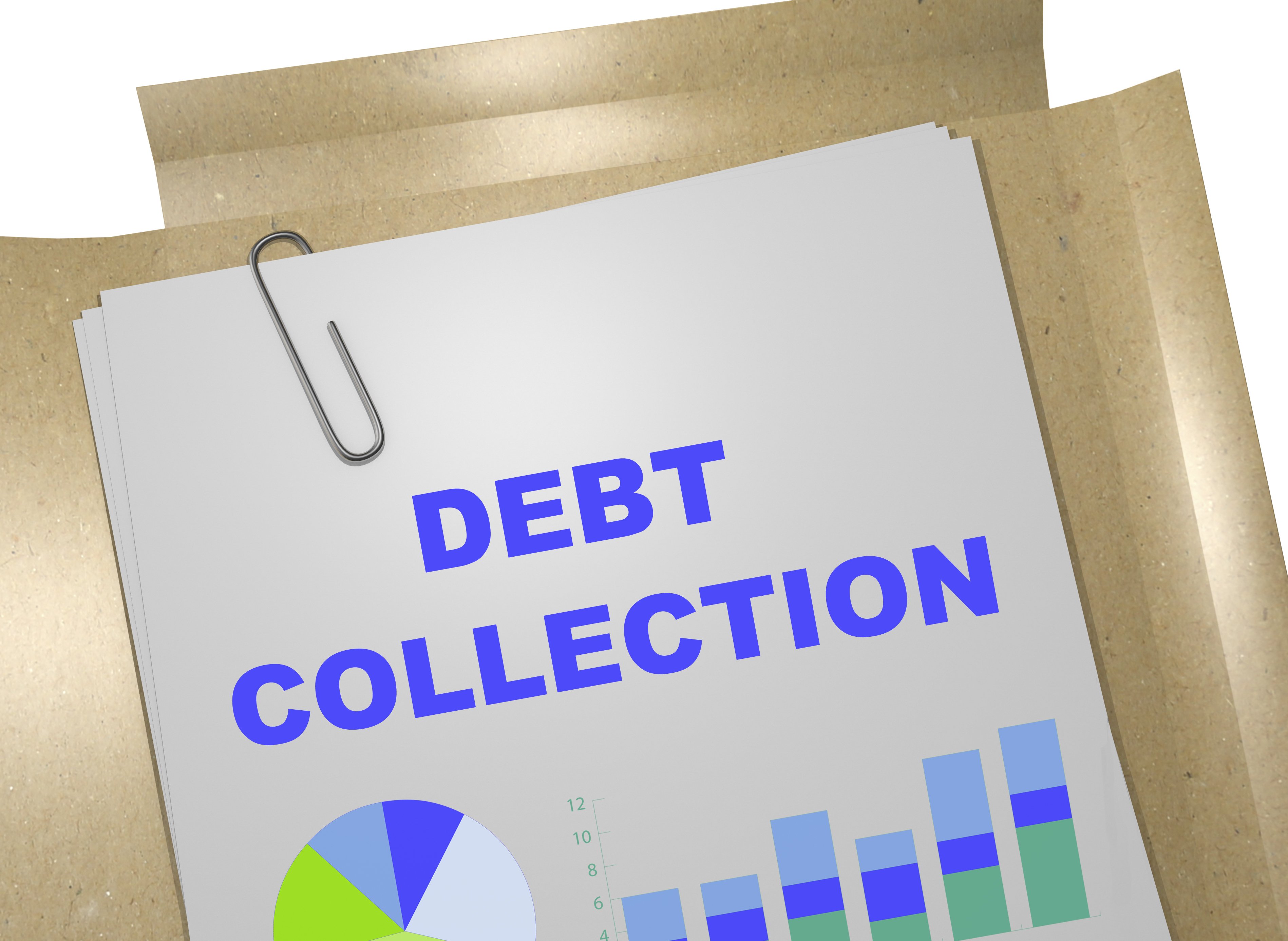Relative to other industries, debt collection is overseen by a large swatch of agencies who all enforce different parts of the Fair Debt Collection Practices Act, which has been in place since 1977.
These agencies include the Consumer Financial Protection Bureau, the Federal Trade Commission, and states’ attorneys general who enforce the federal mandate on a state level.
Companies looking for a debt collection partner must be very cognizant of these regulations and enforcement agencies. That is because when debt is collected in a manner inconsistent with these regulations, it is not just the debt collectors themselves who are sanctioned, but the company seeking to recover the debt as well.
Lending institutions, health care providers, and other industries in which outstanding debt collection is common problem must therefore carefully choose their debt collection partners.
The Utter Necessity of Debt Collection Networks

This is why Debt Collection Networks such as Acumen Solutions, Ad Astra Recovery Systems, and Automated Collection Services Inc exist in the first place. These Debt Collection Networks offer companies a vetted group of debt collectors who have documented their compliance with the federal regulations governing the industry.
They help companies ensure that their debt collection partners operate above board and according to best practices. For obvious reasons, companies value this service, which allows them to select vetted collectors from around the country, wherever they need them.
For individual debt collectors, membership in such a network drives business and brings credibility. Debt Collection Networks, then, act as intermediaries between collectors and businesses with collection needs.
But not just anybody can get into a Debt Collection Network. In order to become a member, collection agencies must demonstrate they are in compliance with the Fair Debt Collection Practices Act. And that is achieved through an Onsite Debt Collection Inspection.
OnSite Debt Collection Inspections

Debt Collection Inspections, which can be executed both in-person and virtually, document an individual debt collection agency’s compliance as a precondition of their membership in a Debt Collection Network.
TrendSource has long been an industry leader in Debt Collection Inspections. TrendSource Debt Collection Inspections involve interviews with key staff members as well as verifications of required equipment and security features. This includes:
- Security cameras
- Locking mechanisms
- Computer security
- Server room security
- Access to work areas
- Much more
Debt Collectors handle sensitive information and are involved in incredibly sensitive situations. Debt Collection Inspections help Networks vet their members, help collectors gain business, and help businesses ensure their debt collection partners are compliant.


